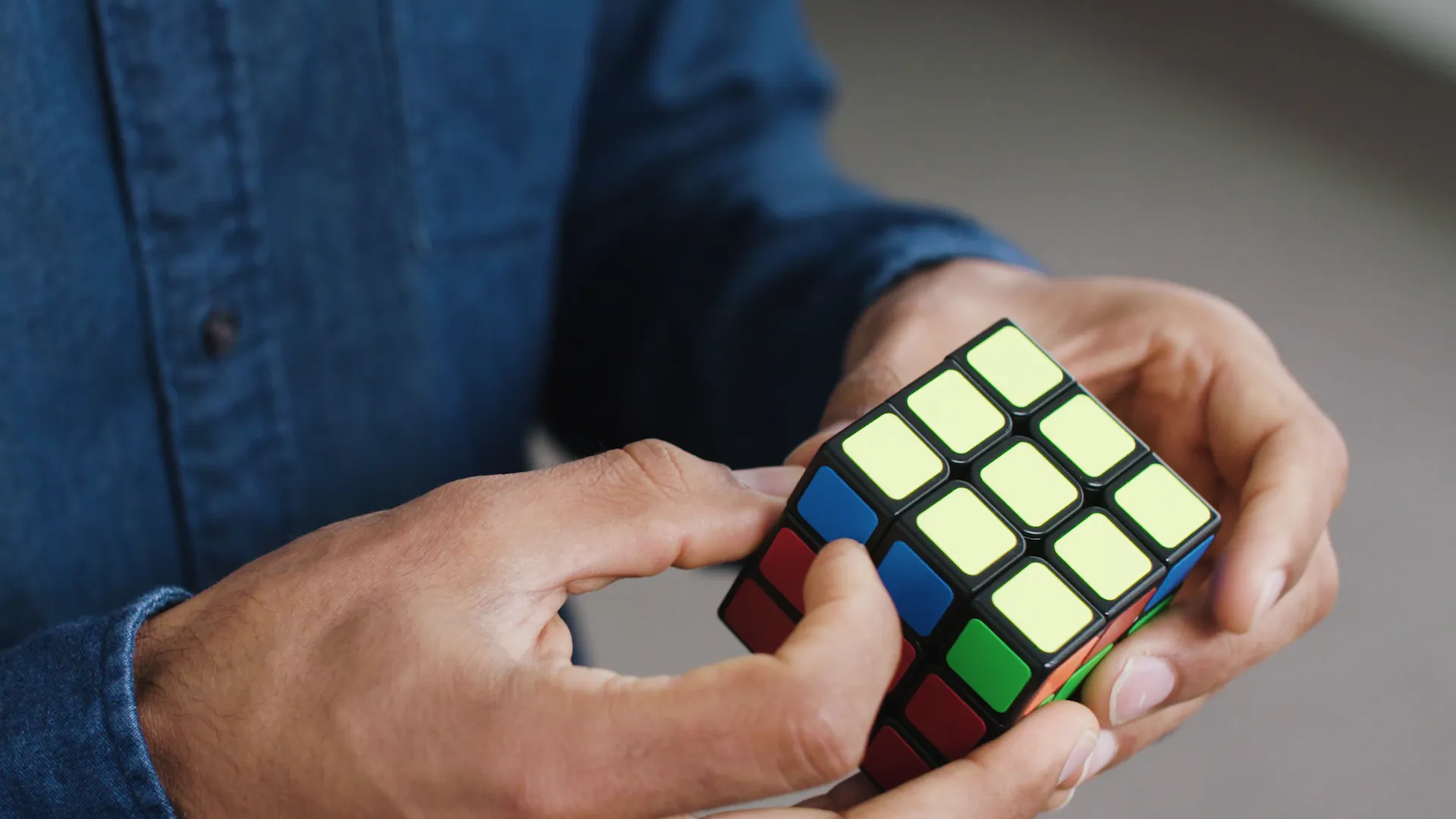How to solve magic cube 3×3? When I was a kid, my favorite toy was a magic cube 3×3. It was an easy to learn game that allowed me to spend hours playing and getting great grades in my math class. However, as I grew older, I started to get frustrated with it because of the difficulties that were inherent in it. This led me to search for the best way to solve it. After a few years of experimenting, I finally came up with a solution that works for me.
Algorithms
When you want to learn to solve a magic cube, you will need to learn about the various algorithms that are available. These algorithms have varying effects on the cube and its pieces. Most will have no effect on the cube at all, but others may have a desired effect.
The first step in solving the cube is to rotate the cube in a particular direction. This will involve a combination of rotations that represent clockwise and anticlockwise turns.
Next, you will need to solve the corners. Depending on the arrangement of the cube, you will need to solve three, four, or all four of the corners.
Once the corners have been solved, you will need to place the edges in the correct position. Generally, the edges should be facing up. If you need to rotate the edge, you can use any of the following algorithms.
The yellow face of the cube should be oriented correctly. It can be in the form of a line, a half cross, or a dot.
Permute the edges
If you want to solve the Rubik’s cube, there are a number of techniques that you can use to do so. The trick is to know how to permute the edges of a three-layer cube. This can take some practice and forethought. Once you learn the correct method, you can solve a cube in under 60 seconds. There are also more advanced methods that can get you around 20 seconds or less.
First, you’ll need to determine the biggest gap on your cube. This can be done with an algorithm. In most cases, the algorithm will move your pieces to where they need to be.
Next, you’ll need to find the two edges that you’ll need to switch. This can be done by rotating the top layer. You’ll then need to rotate the upper layer again.
Once you have the edge pieces oriented in the right way, you’re ready to permute them. To do so, you’ll need to perform the correct algorithm.
Shuffle the middle-layer edges
It’s time to shuffle the middle-layer edges of your magic cube 3×3. It’s not easy, but it’s definitely worth it. Here are a few tips to help you along.
The first thing you’ll want to do is to turn your cube so the front face is up. This will give you a good view of the important facelets, including the yellow cross and the four corners. If you can’t find the top corner, you might have to scramble the bottom layers. To avoid this, you may need to double-turn the back face.
Next, you need to identify the best way to solve the cube. You can do this by finding the largest gap. Once you know the size of the gap, you can start to move the edge pieces to fill it.
First, you need to understand how the edge pieces fit together. Each of them needs to be moved to a matching position. That means two edge pieces should match up with their centre pieces, and four must line up with the centre of the sides.
Problems with big cubes
Bigger cubes tend to be more challenging. That is because they involve a wider variety of pieces, a larger number of permutations, and a larger amount of time. However, they are also more fun to solve. Getting better at big cubes is a worthwhile journey. And it is much easier than many people think.
The easiest way to start solving a big cube is to reduce it to a 3×3 puzzle. This will allow you to practice your finger tricks. You can then use this information to move up to a bigger cube. But there are a few challenges that you must overcome.
The main challenge of big cubes is finding the exact locations of the cubies. This is because they are not marked like standard cubes. Fortunately, this problem can be easily resolved by using a secondary marker grid.
Another major challenge is the parity problem. When a large 3x3x3 cube is split into 27 small 1x1x1 cubes, the sequence must have the first and last cube sharing a face. If they do not, an ant can burrow through them.








